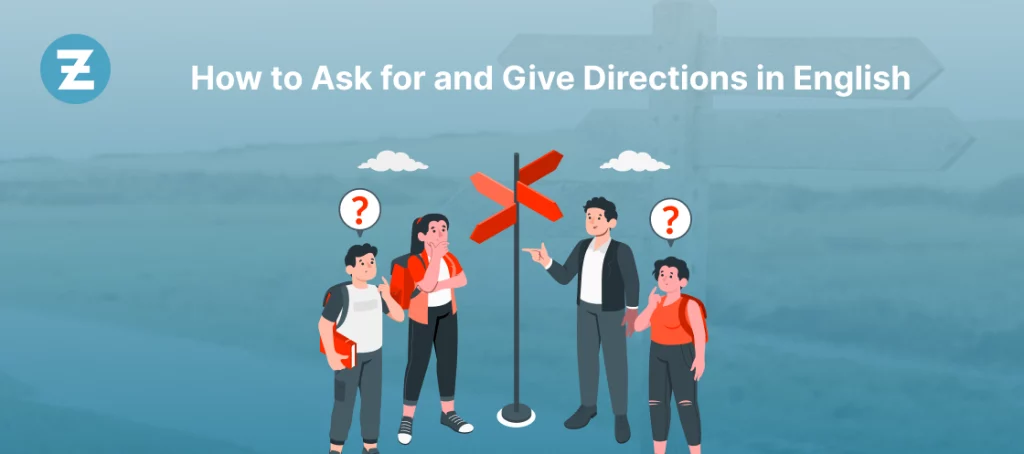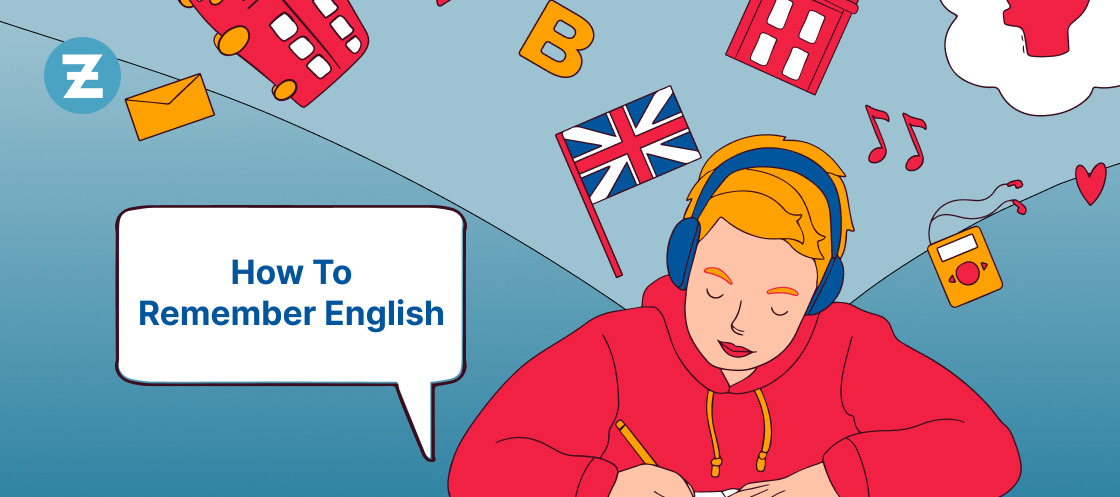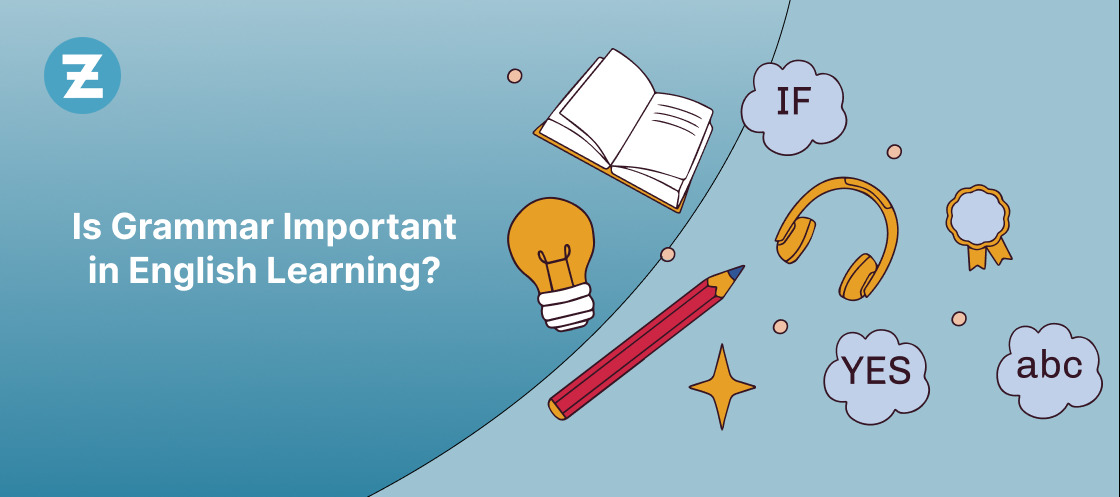To ask for and give directions in English, you need to know some important vocabulary words. These words will help you find your way around unfamiliar places easily. Here are some key directional vocabulary words to remember:
Cardinal Directions: North, South, East, and West. They are crucial for determining where you need to go. By having knowledge of cardinal directions, you will know the points of reference and interpret instructions.
Turn: This word shows a change in movement. When using the word “turn,” it is important to know how to go left, turn right, or make a U-turn.
Intersection: An intersection is a place where two or more roads meet. Although this term appears many times in different directions, it must be comprehended.
Street: A street is a public road within a town or city. One needs information on what the streets are when following directions more effectively.
Avenues: Like streets, avenues are also public roads that usually run at right angles to them in towns and cities. Also, learn about this term.
Verbs Related to Directions
To ask for and give directions effectively, it is important to know the relevant verbs associated with this topic. Below are some of the verbs that you will commonly come across when discussing directions:
Go: This verb is used to refer to the movement toward a specific destination. For example, go straight ahead for two blocks.
Continue: When they tell you to continue, it implies that you should maintain your course without making any changes.
Cross: This verb helps one to move from one side of a road or street to another. For instance, cross the bridge and then turn right.
Read also: 11 Types of Jokes in English
Position Words
When giving and following directions accurately, it is crucial to understand position words. These words help point out where a place is. Below are some common position words used in directions:
Next to: When something is next to a landmark or reference point, it means that it is very near that thing. Take, for instance, “The café is next to the library.”
Opposite: If you hear the word “opposite,” it implies that the place or object is exactly on the other side of another one. For instance, “The bank is opposite the supermarket.”
Between: Being told that something is between two points means that it lies within them. Phrases such as “The restaurant is between the post office and the pharmacy” could be used in this context.
General Direction Words
In addition to the specific vocabulary and verbs related to directions, there are some general direction words that are commonly used. These words provide guidance and help in understanding the overall direction. Here are a few general direction words to keep in mind:
Ahead: When you’re told to go “ahead,” it means that you should continue to move forward without changing your direction.
Nearby: If something is “near” a certain place, it is located very close by. For instance, “The park is near the train station.”
Far: However, if something is called “far,” then it is at a long distance from this point of reference. Like, for example, “The museum is far from here.”
Asking for Directions
With a few important vocabulary words, phrases, and general directions, we will now take a plunge into the art of asking for directions in English. It is important to know how to request help politely and effectively when you are in a new place. Here are some basic phrases to get you started:
Can you help me, please?— This polite phrase is an excellent way of kicking off a conversation as well as asking for assistance.
I don’t know where I am. — If, by any chance, you are lost and need someone to guide you, do not be afraid to mention that you are lost.
Can you tell me how to get there? — This question is an efficient way of asking for directions to a particular destination.
Do you know where it is? — This question can be very useful if one is uncertain about the right location.
| Map Your Progress with ZoundsLike – Learn English Directional Phrases and Download Now! |
Basic Phrases to Ask Directions
When you want to ask for directions, it’s a good idea to know some basic phrases. What these phrases do is promote clear communication and help you comprehend the given instructions much better.
Which way should I go? — If you are not sure of the right direction, this question will assist you in getting quick help.
Is it far from here? — When you are worried about how long it will take you to reach your destination, ask this question.
How long will it take to get there? — By answering this question, you can approximate the period that will be used by your journey, thus allowing your travel plans to be made appropriately.
Can you repeat that, please? — If you did not understand what was said just now, then ask for explanations.
Distance
Commonly, people ask about directions, especially how far their desired destinations are from their current locations. It is important to know the length of your journey in order to better plan it. Here are some phrases about distance:
How far is it? — You can use this statement when you want to know the exact distance between where you are now and where you want to be.
Is it within walking distance? — This question will help you decide if it’s possible for you to get there by foot only.
Can I get there by… — Put any word that means a way of moving, such as “car,” “bus,” “bicycle,” or just simply say “foot.”.
Landmarks
Landmarks play a crucial role in giving and following directions accurately. They serve as reference points and make it easier to navigate through unfamiliar surroundings. Here are some phrases related to landmarks to help you gather pertinent information:
Are there any landmarks I should look out for? — Asking this question will help you identify significant landmarks that will guide you on your journey.
Is there a famous building nearby? — If you’re having trouble locating your destination, asking about famous or notable buildings can provide you with a clear point of reference.
What street is it on? — Inquiring about the specific street where your destination is located will enable you to find it more easily.
You’ll pass the park on your right — Indicate a significant landmark located on a particular side of the route.
When you see the tall clock tower, turn left — Use this phrase to guide the person based on a recognizable and distinctive landmark.
The café is right next to the post office — Mention nearby landmarks that are easily identifiable to assist the person in finding their way.
Giving Directions
Now that we’ve covered the basics of asking for directions, let us now dive into the art of giving directions in English. Being able to guide someone effectively is a valuable skill, and it’s important to provide clear and concise instructions. Here are some phrases to help you give directions:
First, you need to… — Start by explaining what happens at the beginning of the journey.
Then, you’ll come to a…— Use this phrase as a way of getting the person through more landmarks or reference points.
Finally, you’ll reach your destination — Give them the last instruction and inform them when the person gets where they want to go.
| Want to learn English in a fun and interactive way? |
Basic phrases for giving directions
When you use some basic phrases, it becomes easy to understand your directions since they will be clear, and there will be improved communication. Here are some useful phrases for giving directions:
It is just around the corner. — This phrase shows that the place is very near.
Keep going straight until you reach…— This ensures that the person should proceed straight until he gets to a certain landmark or reference point.
Turn left or right at the next intersection.— Show exactly which way one has to turn when they come to the next junction.
You cannot miss it!— It offers them assurance that getting it wrong would indeed be difficult.
Read also: A Comprehensive Guide to Business English Vocabulary
Other routes could be suggested
There might be other ways to reach a destination. If you are directing, it is always helpful to provide these options to the direction seeker. Some words that can help you suggest alternative routes include:
You could avoid traffic by… — Give another road that avoids areas with heavy traffic.
It may be faster to use… — Recommend another course that could probably take less time or bring better results in terms of reaching the desired place.
You can go in a more beautiful way.— Provide a path that highlights the beauty of the area if the person wants a more scenic journey.
Driving
Get onto the highway and take the second exit.
You need to merge into the left lane.
When you get to the traffic lights, turn right.
Riding the Train or Bus
Take the red line and get off at the third stop.
Make sure to validate your ticket before you board.
The stop you need on the bus is the fifth one.
Conclusion
Navigating unfamiliar places can be daunting, but language mastery eases the journey. Polite inquiries, seeking clarifications, and expressing gratitude are key. Learn to give directions with ZoundsLike, your language learning app to improve English. Embrace confidence in asking for guidance, and explore new horizons fearlessly. Take the first step, learn with ZoundsLike, and embark on a journey to enhance your English proficiency.








